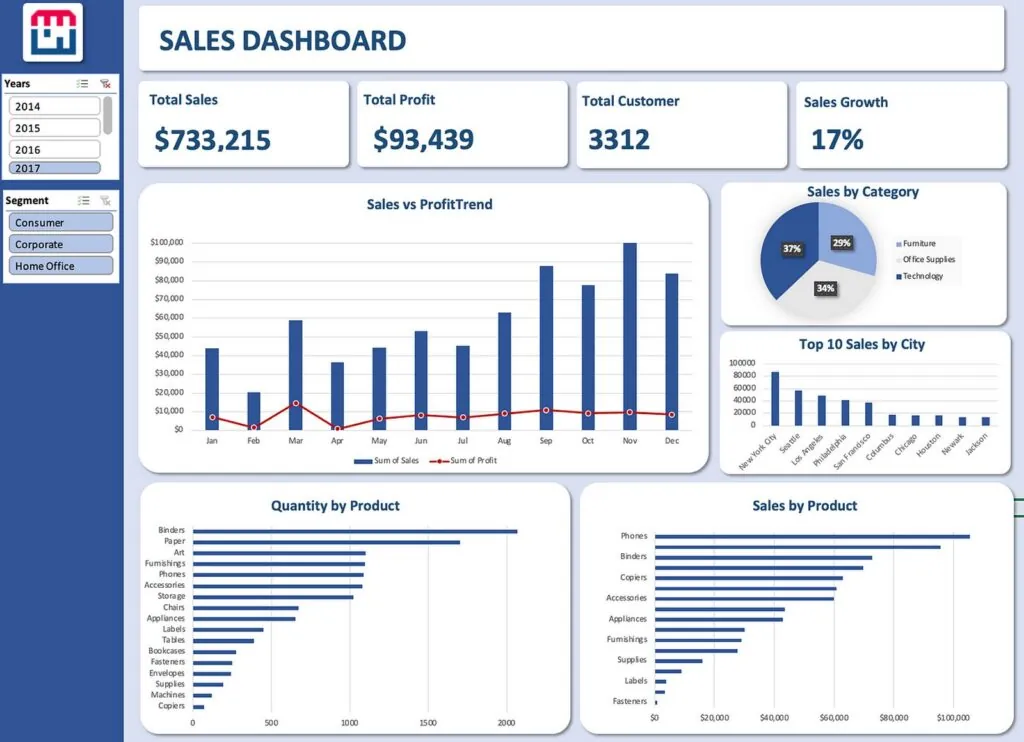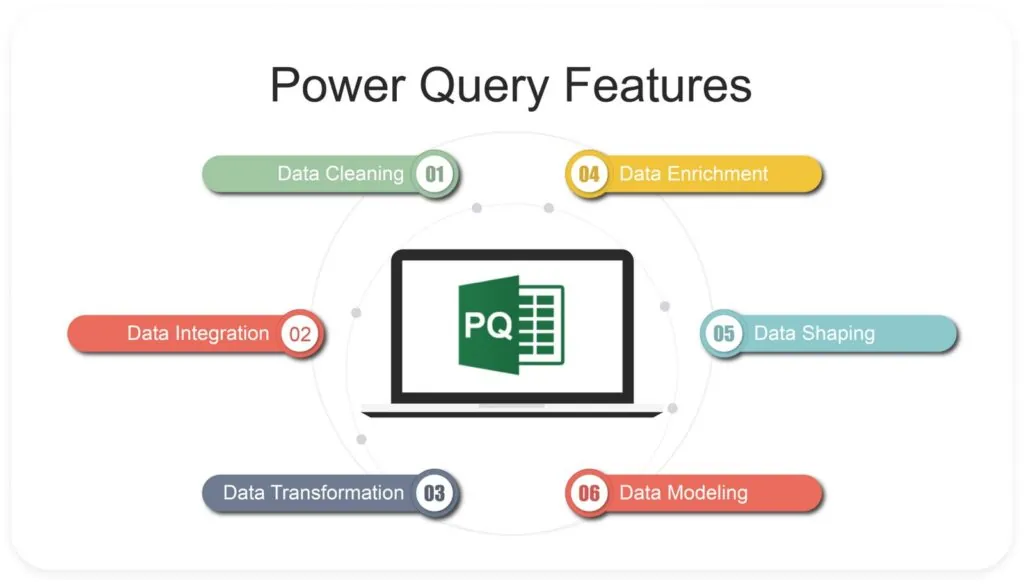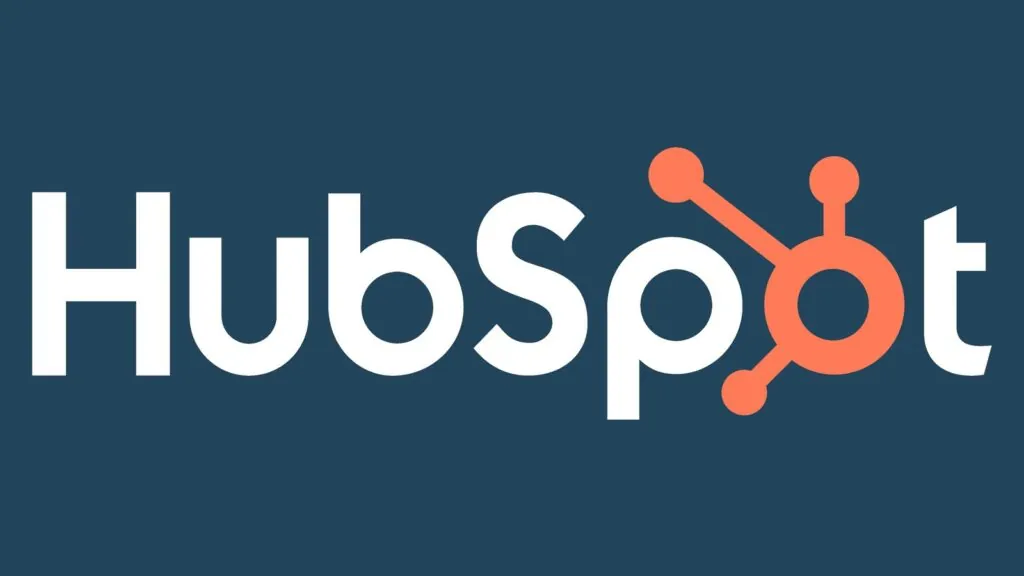Smarter Pricing, Stronger Impact: Data Insights Every Pricing Analyst Should Use
Published On 31 October, 2024
As a Pricing Analyst, you hold a key position in driving your company’s profitability. Pricing isn’t just about numbers – it’s about understanding how pricing decisions influence revenue, margins, and customer behaviour. Every pricing decision you make has the potential to impact your company’s bottom line. So, what differentiates an average pricing strategy from a genuinely successful one?
The answer lies in how effectively you collect, analyse, and apply data. Let’s examine why data-driven pricing matters and how it can help you refine your strategies.
1. Understanding the Role of Data in Pricing Strategy
Before we examine the specifics of data analysis, we need to understand why data is so critical in pricing decisions. Pricing isn’t just about guessing what the market will bear—it’s about using data to inform decisions based on actual performance, trends, and customer insights.

Why data matters for pricing decisions:
Informed decision-making: With the correct data, you don’t make decisions based on instinct or limited information. Instead, you’re backed by facts and trends that can guide pricing strategy.
Customer insights: Data provides insights into how different customer segments respond to price changes, helping you better target your pricing models.
Adaptability: In a constantly changing market, having access to real-time data allows you to adjust your pricing quickly and anticipate shifts in demand or costs.
Data allows you to take pricing decisions from being reactive to being proactive. Rather than waiting for issues to arise, you can anticipate trends and adjust pricing before challenges or opportunities impact your business.

2. Collecting the Right Data for Pricing Decisions
Data collection is the foundation of any successful pricing strategy. But the key is not to collect as much data as possible—it’s about gathering the *correct* data. As a Pricing Analyst, your job is to focus on the data points that will help you understand what drives pricing performance.

Internal Data
1. Sales Data: Historical sales data is crucial for identifying trends, tracking the effectiveness of previous pricing strategies, and understanding seasonality. It can also tell you how price changes have influenced demand and which products or services are most sensitive to price fluctuations.
2. Cost Data: Accurate cost data is the cornerstone of profitability. To ensure that your prices cover all expenses, you must know both direct and indirect costs associated with your product or service. This includes material costs, labour, distribution, and overhead. In many industries, costs fluctuate, so keeping up with your cost data ensures you’re pricing correctly.
3. Customer Segmentation Data: Customers aren’t a homogenous group. Analysing customer demographics, purchasing behaviour, and preferences allows you to develop more personalised pricing strategies. By segmenting customers based on purchase frequency, order size, or region, you can set prices that maximise revenue from each group.

External Data
1. Market Trends: Staying attuned to broader market conditions is essential for making informed pricing decisions. External factors like inflation, seasonality, and shifts in demand can directly impact customers’ willingness to pay. Monitoring these trends ensures your pricing strategy is relevant to the current market landscape.
2. Customer Feedback: Quantitative data alone won’t give you the full picture. Qualitative data from customer surveys, feedback forms, and reviews offers a deeper understanding of how customers perceive your prices. This data is invaluable when implementing value-based pricing, where customer perception is a crucial driver of pricing decisions.
3. Competitor Behaviour: Even though you shouldn’t obsess over your competitors’ pricing, tracking how your prices compare within the industry is still essential. Gathering this data allows you to maintain a competitive edge and adjust when necessary.

Data Collection Tools and Methods
Data collection can be time-consuming if done manually, but some tools can automate this process:
Internal CRM systems: Many companies already store customer data in CRM systems. Integrating this data into your pricing models is a critical first step. Excel’s Power Query is an excellent tool for importing and organising data from multiple sources. It can connect to external databases or websites, allowing you to update data in real time without manual effort.
Customer surveys: Tools like Google Forms or SurveyMonkey can collect customer feedback, helping you understand how customers view your pricing and what adjustments they would accept.

3. Using Data to Build a Pricing Framework
Now that you’ve gathered the correct data, the next step is to structure it into a pricing framework that guides your decisions. Different industries and companies will use different pricing strategies, but some of the most common approaches are outlined below.
Cost-Plus Pricing
Cost-plus pricing is one of the simplest pricing strategies. It involves calculating the total cost of producing a product and then adding a markup percentage to ensure profitability.
How to use cost-plus pricing with data:
1. Calculate total costs: Include all production-related costs, such as materials, labour, and distribution.
2. Determine your markup: This is usually a percentage based on the desired profit margin.
3. Apply the formula:
`Price = Cost + (Cost * Markup Percentage)`
While straightforward, cost-plus pricing can lead to missed opportunities if not paired with other insights, such as customer willingness to pay or market trends.
Value-Based Pricing
Value-based pricing focuses on setting prices according to the customer’s perceived value of your product or service rather than simply covering costs. This method requires a deep understanding of customer behaviour, feedback, and your product’s unique benefits.
How to apply value-based pricing:
1. Collect customer feedback: Use surveys and reviews to gauge how much customers value your product compared to alternatives.
2. Analyse past sales: Look for patterns in how customers respond to price changes. Which price points generated the most sales while maintaining profitability?
3. Calculate perceived value: Factor in customer sentiment and your product’s differentiating features. If customers believe they receive more value from your product, you can justify a higher price.
Example: A premium coffee brand might charge more because customers associate the brand with luxury and quality, even if the cost to produce the coffee isn’t significantly higher than other brands.
Market-Informed Pricing
This strategy uses market trends, external conditions, and customer behaviour data to inform pricing decisions. Market-informed pricing helps you stay adaptable and competitive by ensuring your prices reflect current demand levels and economic conditions.

How to apply market-informed pricing:
1. Track demand trends: Use historical sales data and market research to identify how demand fluctuates throughout the year.
2. Adjust pricing accordingly: When demand spikes, your pricing model should reflect this by capturing a higher willingness to pay. Conversely, offering discounts or promotions can help maintain sales volume during low-demand periods.
Example: A clothing retailer might raise prices slightly during high-demand seasons like summer or Christmas, then offer promotions or markdowns in the off-season to maintain steady sales.
4. Tracking Performance and Refining Your Pricing Strategy
Your job as a Pricing Analyst doesn’t end once a pricing strategy is implemented. The key to long-term success is tracking your plan’s performance and refining it based on real-time data. This section will cover setting up an effective system for monitoring and adjusting your pricing strategy.

Create a Pricing Dashboard in Excel
A pricing dashboard can give you a clear and concise view of how well your prices perform across various metrics. Excel provides a powerful way to create custom dashboards that track key performance indicators (KPIs) such as:
Revenue growth: Are your prices driving the expected level of revenue, or are there discrepancies?
Profit margins: Are your profit margins consistent across product lines, or do some products underperform due to pricing?
Customer retention: How do pricing changes affect customer retention rates? Are customers leaving because they find your products too expensive?
Steps to create a dashboard:
1. Use Pivot Tables: To summarise data on sales, revenue, and profit margins across various products or time periods.
2. Apply Slicers: Add filters to adjust the view of your data quickly. For example, you can create slicers to view performance by product category, region, or date.
3. Set up charts and graphs: Use Excel’s charting tools to create visual representations of your data. These visuals help you spot trends and communicate findings with your team.
A dashboard helps you monitor key performance indicators and allows quick adjustments if something isn’t working as planned.

Refining Pricing Based on Performance Data
Continuous improvement is the hallmark of a successful pricing strategy. Here are a few ways to refine your pricing over time:
1. Seasonality adjustments: Use historical sales data to predict high or low-demand periods. Adjust prices accordingly to capitalise on peak seasons or maintain sales during slower periods.
2. Discounts and promotions: If data shows that sales dip during certain times of the year, consider offering targeted promotions to maintain volume.
3. Customer feedback: Regularly collect customer feedback to understand how your prices are received. It may be time to adjust if customers complain about value or express pricing concerns.
Using Power Query for Automated Data
Updates
Power Query allows you to automate updating your pricing data, ensuring that your models and dashboards remain current without manual effort.
How to set up Power Query:
1. Connect to data sources: Use Power Query to link your Excel workbook to external data sources such as your company’s CRM system or sales database.
2. Automate updates: Set Power Query to refresh your data regularly, ensuring your pricing dashboard reflects the most up-to-date information.
3. Simplify reporting: Power Query can help pull in data from multiple systems, allowing you to consolidate and analyse data more effectively in Excel.
Automation saves time and minimises the risk of human error, ensuring that your pricing strategy remains aligned with the latest data.

5. Practical Case Studies
To see how these concepts work in practice, let’s explore two real-world examples of companies that used data to improve their pricing strategies:
Case Study 1: Amazon Increases Profit with Data-Driven Pricing Adjustments
Amazon identified that rigid pricing could limit sales during peak demand periods and underperform during slower times. After analysing sales data and customer buying patterns, Amazon implemented a dynamic pricing strategy that adjusted prices based on demand. During high-demand seasons like Black Friday and the holidays, prices were increased by 5-10%, while off-season discounts were applied to maintain sales.
The result was increased profit margins and a boost in overall revenue, helping Amazon optimise profitability and customer satisfaction year-round.

Case Study 2: HubSpot Uses Customer Feedback to Implement Value-Based Pricing
HubSpot, a provider of inbound marketing and sales software, faced client retention challenges despite offering competitive pricing. After analysing customer feedback, HubSpot realised that clients valued personalised service, hands-on support, and strategic consultancy more than just cost savings. In response, the company restructured its pricing to reflect the value of its expertise, introducing premium packages that emphasised tailored service and strategic guidance.
This shift to value-based pricing increased client retention and revenue from premium service subscriptions by 20%.

A Data-Driven Approach to Pricing Success
Data is your most valuable asset when developing an optimised pricing strategy. You can create a dynamic and adaptable pricing model by collecting the correct internal and external data, analysing customer behaviour and costs, and continuously refining your plan based on performance.
As a Pricing Analyst, your ability to leverage data effectively will allow you to make better pricing decisions and become a critical contributor to your company’s financial success. By integrating the tools and strategies discussed in this article, you’ll be well-equipped to develop a pricing strategy that’s both data-driven and highly effective, ensuring sustainable profitability and growth.
Unlock Your Potential as a Data-Driven Pricing Analyst with Pricing University
As a Pricing Analyst, you’re more than a numbers expert – you’re a key driver of your company’s profitability. Every pricing decision you make impacts revenue, margins, and customer behaviour. But what sets successful analysts apart? The answer is data.
With Pricing Fundamentals, you’ll learn to harness the power of data to build smarter, more effective pricing strategies. Through our specialised courses, you’ll discover how to collect, analyse, and apply data insights that will elevate your pricing decisions from reactive to proactive. Gain practical, hands-on skills in everything from cost analysis to value-based pricing and dynamic pricing models.
Smarter Pricing, Stronger Impact – make data work for you and drive results that matter. Enrol in Pricing University today and start building the expertise that will set you apart as a leading Pricing Analyst.



